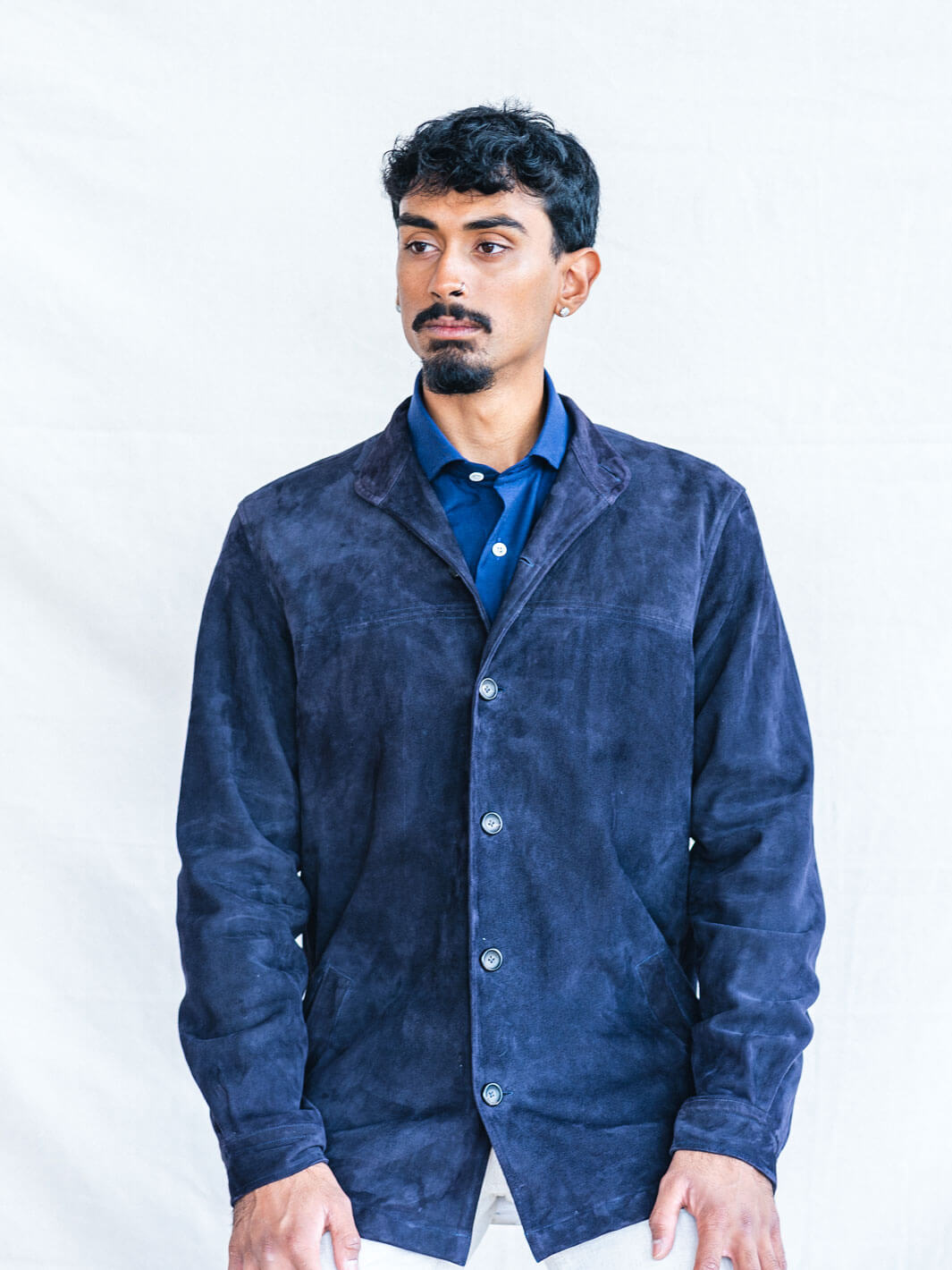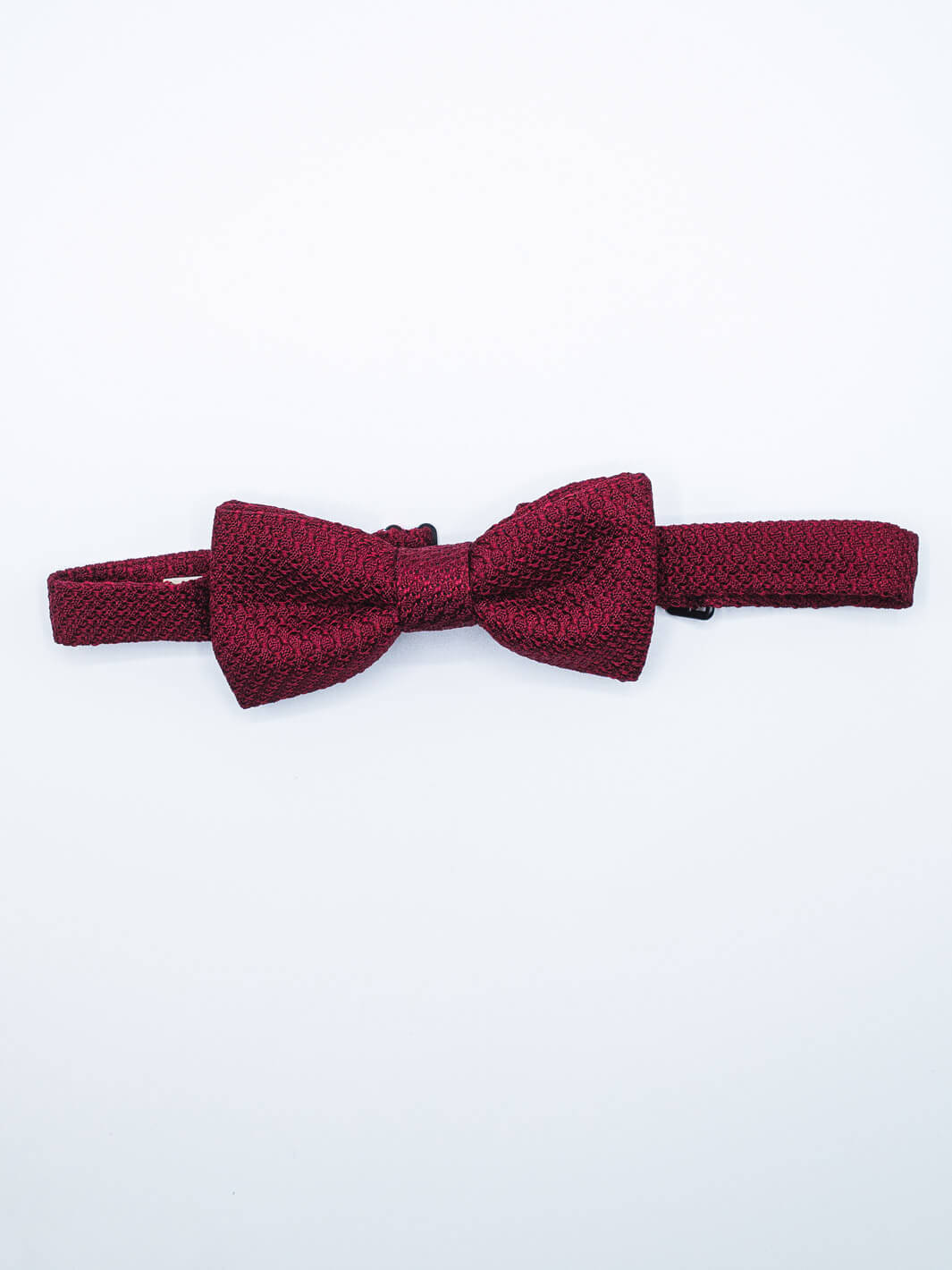The generous portion of cyberspace devoted to menswear is teeming with “shoulds” and “musts”—but “hows” and “whys” are far harder to come by. A case in point: run a quick Google search on how trousers should fit, and you’ll come across a litany of axioms and imperatives:
"They should hang, not cling."
"They should gently kiss, rather than embrace, the shoe."
"The seat should smile, not grin."
"If they pull when you sit, they’re too small, and if they fold when you stand, they’re too big."
"They must sit, stand, and stride simultaneously."
And on it goes. Yet advice on how these diktats are achieved is far more elusive.

Which is why, with the help of one of Savile Row’s leading figures, Richard Anderson—a bespoke tailor who has served on the Row for more than 43 years and is the author of Making The Cut, a book that belongs on every style lover’s wish list—we set out to define what buyers of off-the-rack trousers should look for, and, crucially, what a tailor can and cannot adjust after purchase.
Instant Gratification? Off-The-Rack Versus Bespoke Trousers
It was by the 16th and 17th centuries, as coats and breeches became more shaped and close-fitting, that European tailors began making and storing reusable patterns for regular clients. In bespoke houses around the world, this practice—drafting a unique paper pattern to a client’s rise, seat, thigh, taper, waistband, height, and posture—continues to this day.

Mass-market off-the-rack trousers use standard patterns based on average measurements. So do high-quality ready-to-wear; the difference is that premium makers design theirs with alteration-friendly details—like unfinished hems and generous seam allowances—so a tailor can more easily adjust the fit for the buyer after purchase.
Naturally, Anatoly & Sons’ ready-to-wear sits in the latter camp—from our “Tasmanian” trousers in light grey or blue to this black “Tollegno” pair, plus a breadth of various-weight wools from Drago and Loro Piana—all crafted for easy tailoring. And, of course, trousers made to an individual pattern—just as at the bespoke houses noted above—are offered through our bespoke service with a pattern drafted from scratch, while our made-to-measure program refines a base pattern to your measurements.
Cutting Edge: What Aspects of Trousers Can Be Adjusted?
Such is the intricacy of the tailor’s art: some aspects of trouser fit can be adjusted, while others cannot. To that point, Richard Anderson notes, “When buying tailored trousers off the peg, make sure the waist and seat are as close to perfect as possible—they can only be altered slightly.” Our advice: use the two-finger test inside the waistband, ensure the fly lies flat, watch for flaring pockets, and check comfort while sitting, walking, and crouching.

Richard advises that the rise—which sets how high the trousers sit—“should feel right from the start.” Since it’s built into the pattern; the most a tailor can do is ease comfort by letting out the crotch seam a little.
The thigh, meanwhile, should feel clean but not tight, and there’s a little leeway in achieving this—especially with us. Most manufacturers leave about a quarter-inch of inlay at most; Anatoly & Sons’ trousers allow roughly three-quarters of an inch.
We’re also a touch more generous with seat inlay—along with the waist, it’s the first place to go off when weight fluctuates. At around two inches (versus the usual one-and-a-half), our allowance helps the trousers drape more gracefully if one’s physique, shall we say, fills out a tad.

Anyone buying trousers from Anatoly & Sons for the first time will discover that the length not only can but should be altered after purchase. For that reason, our trousers come in one length—unhemmed—so your tailor can set the exact inseam and break (and add cuffs, if you wish). “Hemming should always be done once you’ve tried the trousers on with the shoes you’ll be wearing,” as Richard puts it.
“The break—the crease or fold that forms where the bottom of the pant leg meets the top of the shoe—is crucial to a clean, balanced line.
Beyond that, pay attention to the waistband—which should sit comfortably without gaping or digging in—and the seat, which must lie smoothly with no pulling or excess fabric. Watch how the trousers move when you walk or sit; a well-cut pair should hold their shape with ease. These are the details that separate good trousers from a truly tailored fit.”

Buying off the rack, in other words, is the start of the journey toward perfection: choose trousers with the right “bones,” and tailoring can do the rest. Don’t consider the wait an inconvenience; true menswear enthusiasts feel the same sense of anticipation when collecting altered garments as made-to-measure or bespoke clients do. In the end, you’ve gone the extra mile for a garment that’s not just more yours, but more you.









